The herbs they are plants which, thanks to their intense aroma, have always been appreciated in the kitchen to flavor dishes and create tasty combinations. Bad aromatic plants they are not only good to eat: many of them also have therapeutic properties and are used in phytotherapy and natural cosmetics. Cultivating aromatic herbs organically means guaranteeing an authentic and genuine flavor to our dishes, but also having healthy and strong plants available, without resorting to the use of chemical products harmful to the environment and human health. In this article, we will therefore see how to grow aromatic herbs in a biological way, starting from the basics of cultivation up to the various techniques for harvesting and using plants.
Growing these fragrant herbs does not require any special skills or expensive equipment, but it is important to know some essential information to be successful in cultivation. In this article we find out everything there is to know about organic aromatic herbs.
Cultivate aromatic plants
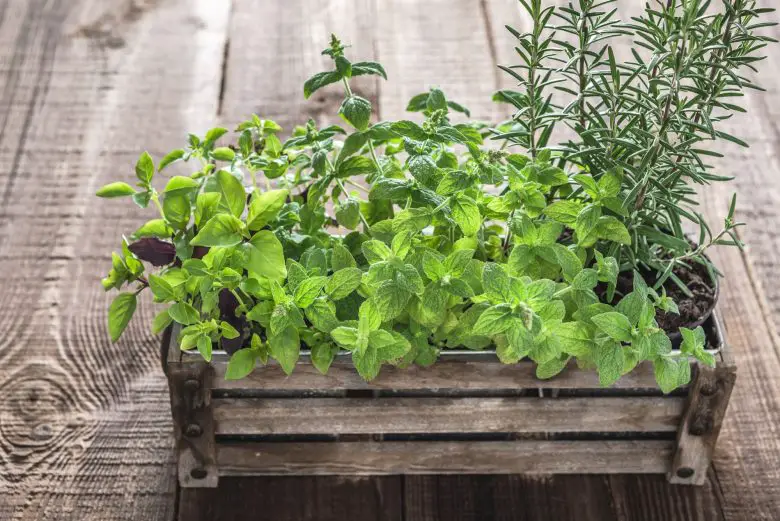
The cultivation of aromatic herbs in a biological way requires some precautions, as these plants are very delicate and sensitive to parasites and diseases. Here are some tips to grow them in the best way, by following them, you will be able to grow your herbs organically, obtaining healthy and vigorous plants, without the use of chemicals harmful to health and the environment:
- Soil Choice: These particular grasses generally prefer loose, well-drained, fertile soils. It is advisable to work the soil deeply, up to 30-40 cm, adding mature manure or compost to enrich it with organic matter.
- Exposure: most aromatic herbs prefer a sunny exposure, even if some, such as mint, parsley and coriander, also tolerate partial shade well.
- Irrigation: aromatic plants need regular, but not excessive, irrigation. It is advisable to wet the soil evenly, avoiding stagnant water which could favor the appearance of fungal diseases.
- Fertilization: fertilize plants with organic products such as compostthe mulch or the manure. Obviously, by cultivating organically, we strongly advise against the use of any chemical fertilizer, which can compromise the quality of the product. Should it be necessary, we instead advocate the use of organic fertilizers.
- Mulching: This technique consists of applying a layer of organic material, such as straw or dry leaves, to the surface of the soil around the plants. This layer protects the soil from erosion, reduces weed growth and retains moisture, reducing evaporation.
The properties of aromatic herbs
There are many aromatic herbs and each has its own peculiarities, so it is important to choose the ones that best suit our needs and our climatic conditions. Here are some of the more common herbs you can grow organically:
- The rosemary It is a very fragrant and drought tolerant evergreen shrub. It has digestive, toning and stimulating properties. It is recommended to grow it in well-drained soils and to prune it regularly to favor its growth.
- There sage it is a perennial plant that grows well in well-drained, sunny soils. It has antiseptic, digestive and anti-inflammatory properties. It is advisable to collect the leaves early in the morning, before the sun dries them too much.
- The thyme it is a very rustic perennial plant, which grows well in well-drained and sunny soils. It has antioxidant, anti-inflammatory and digestive properties. It is advisable to collect the leaves and flowers at the time of flowering.
- The basil it is a very fragrant annual plant, which grows well in fertile and well-drained soils. It has anti-inflammatory, antioxidant and digestive properties. It is advisable to collect the leaves at the time of flowering, avoiding detaching the entire branches.
- There mint it is a very rustic perennial plant, which grows well in moist and sunny soils. It has digestive, toning and stimulating properties. It is advisable to collect the leaves at the time of flowering, avoiding detaching the entire branches.
- The parsley it is a very fragrant biennial plant, which grows well in moist and well-drained soils. It has diuretic, purifying and anti-inflammatory properties. It is advisable to collect the leaves and stems when needed, avoiding to detach the roots.
There are many other aromatic herbs that can be grown organically, such as lavender, lemon balm, coriander, oregano, marjoram and many others. It is important to choose the ones that best suit our needs and climatic conditions, always following organic cultivation techniques.
Difference between perennial herbs and annual herbs
Herbs can be annual or perennial. The former, such as basil, annual sage or mint, grow, produce seeds and then die within a year. Conversely, the latter, such as perennial sage, rosemary, lavender and thyme, can live for several years and return every spring stronger and more luxuriant than before.
Typically, annual herbs are easier to grow and can provide a heavier harvest than perennial herbs. Also, annual grasses are better suited for potted or garden plants, as they fit well in more limited spaces. However, perennial herbs offer the convenience that they can be harvested each year, without having to be replaced.
To grow perennial herbs, you need to ensure that the soil is well drained and that the site is exposed to sunlight for at least 6-8 hours a day. These grasses also require regular pruning to maintain their shape and to encourage new shoot growth. Additionally, some perennial herbs, such as rosemary, are better suited to hot, dry areas, while others, such as mint and oregano, prefer moist, cool soils.
Perennial aromatic plants require less maintenance than annuals, but may be less prolific in terms of yield. However, growing both types of herbs can be a rewarding way to have a wide range of fresh and aromatic herbs for cooking and health care.
Where to grow aromatic herbs in the garden?
The place where aromatic herbs are grown is a fundamental aspect for obtaining a good harvest. They prefer well-drained soil rich in organic matter, and can be grown in pots, flower beds or even on a balcony. Aromatic plants are perfect for growing next to vegetable plants, as they help repel unwanted insects or encourage the growth of nearby plants. One example is sage, which is an excellent fruit moth repellent. However, it is important to avoid growing herbs near plants that require a lot of water, as they may compete for water.
Furthermore, it is important to take into account the growth of herbs, as some can become very large and invasive. For example, mint can spread very quickly and invade the entire surrounding space, so it is advisable to grow it in pots or in an area of the garden isolated from other plants.
Finally, it is possible to grow several aromatic herbs together in a single flower bed, thus creating a beautiful herb garden which can also have beneficial properties for neighboring plants.
Associations with aromatics
The intercropping between aromatic plants and vegetables is a very useful practice in organic farming. In particular, herbs can have a beneficial effect on nearby plants, improving their health and productivity. For example, lavender is a plant that helps repel flies, mosquitoes, and ants, while rosemary is a good mosquito repellent and can help prevent some plant diseases. Additionally, thyme is known to enhance the growth of tomatoes and potatoes, while sage can help prevent diseases of fruiting plants.
However, it is important to take into account the needs of different plants in terms of light, water and nutrition. For example, most aromatic plants require good sun exposure, while some vegetable plants prefer partial shade. Also, some herbs such as mint and basil require more water than other herbs such as rosemary and sage.
To obtain the best results from the intercropping of aromatic plants and vegetables, it is advisable to choose plants that share similar needs in terms of light, water and nourishment, avoiding planting plants that can compete with each other. Furthermore, it is possible to grow the aromatic plants in a single flower bed, thus creating a beautiful herb garden which can also have beneficial properties for neighboring plants.
How to grow aromatic herbs in pots or on the balcony
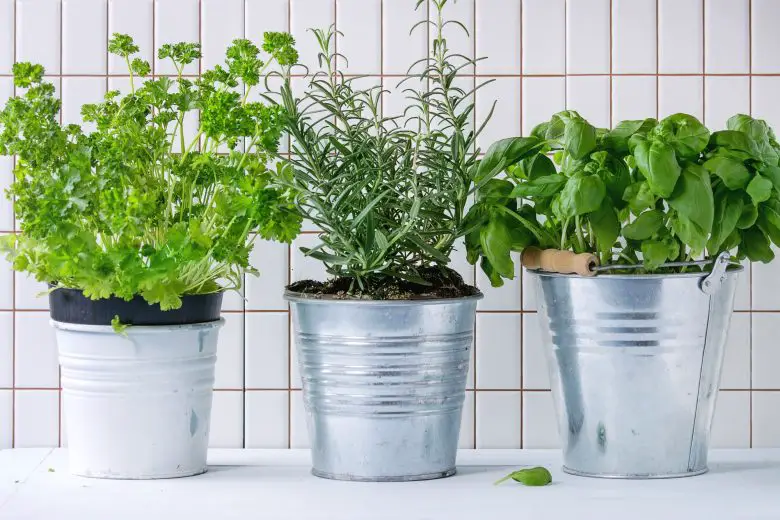
Herbs are also perfect for growing in pots or on the balcony, as they are compact plants that fit easily into confined spaces. Plus, having them close to your home makes it easier to access fresh herbs when cooking. For cultivation in pots, it is important to choose a pot of adequate size, preferably terracotta or ceramic, with a diameter of at least 25 cm and a depth of at least 20 cm. In general, the bigger the pot, the easier it is for plants to grow and develop. In addition, terracotta or ceramic pots allow for better root aeration than plastic ones.
The choice of soil is also important for pot cultivation. All purpose soil can be used, but it is advisable to add mature compost to enrich the soil with nutrients. It is important to ensure that the soil is well drained, to avoid waterlogging which could cause the plants to die.
As for irrigation, potted aromatic plants need regular water, but without exceeding it. It is important to avoid waterlogging, which could cause root rot. In general, it’s best to wait for the soil to dry out slightly before watering again. As far as exposure is concerned, however, most aromatic plants need at least 6-8 hours of sun a day. However, some plants such as mint, lemongrass and lemon balm prefer partial shade. It is important to check the specifics of each plant to choose the ideal exposure.
In general, aromatic plants in pots or on the balcony can be grown in a very similar way to plants grown in the ground. The important thing is to make sure they have enough space, fertile soil, regular water and adequate sunlight.
How to cure herbs aromatic herbs
To keep aromatic herbs healthy, it is important to adopt some fundamental cultivation practices, following them step by step, it will be possible, in a relatively simple way, to obtain an abundant and quality production. Let’s see what these steps are:
- Aromatic plants need regular but not excessive watering. It is important to avoid wetting the leaves, as standing water can cause fungal diseases. Typically, herbs require watering every 3-4 days, depending on the climatic conditions.
- Pruning is essential to promote the growth of aromatic herbs. You can proceed with the pruning of the leaves starting from the second month of cultivation. This stimulates the growth of new leaves and prevents the plant from becoming too tall and woody.
- The dry or diseased parts of aromatic plants must be removed to prevent them from spreading to the whole plant. Additionally, it is important to remove any herbs infested with pests or diseases to avoid contamination of nearby plants.
- Aromatic herbs need organic fertilizers for healthy and luxuriant growth. You can use mature compost, farmyard animal manure or specific fertilizers for aromatic plants.
- It is important to remove weeds that grow around herb plants, as weeds can compete with the plants for water and nutrients. You can proceed with manual weed removal or use a ground cover with straw or other organic materials.
The medicinal properties of aromatic herbs
In addition to aromatic properties, herbs can also have therapeutic and curative properties. For example, peppermint is known to relieve gastrointestinal discomfort, while thyme is a great anti-inflammatory and antiseptic. Here are some medicinal properties of some aromatic herbs:
- Sage: anti-inflammatory, antiseptic, astringent, digestive, tonic
- Rosemary: stimulant, digestive, antiseptic, antispasmodic, tonic
- Thyme: anti-inflammatory, antiseptic, antispasmodic, expectorant, tonic
- Mint: carminative, digestive, antiseptic, tonic, stimulant
- Basil: digestive, anti-inflammatory, antiseptic, calming, tonic
- Parsley: diuretic, digestive, antiseptic, purifying, stimulating
- Oregano: anti-inflammatory, antiseptic, antispasmodic, digestive, stimulant.
It is important to know that each herb has its contraindications and that, in case of doubts or health problems, it is always advisable to consult a doctor or an expert in herbal medicine.
Harvesting, storage and drying
The collection of aromatic herbs must be carried out during the flowering phase, when the essential oil content is at its maximum. The collection of the leaves must be done with care, avoiding damaging the plant. It is advisable to harvest the herbs early in the morning, when the dew has just dried. This way, the leaves don’t break easily and their moisture content is still low.
Once the herbs have been harvested, it is important to store them properly to prevent them from losing their properties. Aromatic herbs can be kept fresh, in the refrigerator, wrapped in absorbent paper and placed in perforated plastic bags, or dried.
Drying is the most common method of preserving herbs. To dry herbs effectively, you need:
- Choose a cool, dry and ventilated place;
- Choose a container in which to store the herbs during drying;
- Remove any damaged or diseased parts from plants;
- Wash the leaves and dry them carefully;
- Arrange the leaves on a rack so that they do not overlap and that there is adequate ventilation;
- Cover the herbs with a fine mesh net to protect them from dust and insects;
- Leave the herbs to dry until they are completely dry;
- Store dried herbs in paper bags or glass jars, in a cool, dry place away from light.
How to use herbs
To take advantage of the properties of herbs, it is possible to prepare infusions or decoctions. The infusions are obtained by boiling water and pouring it over a spoonful of dried herbs. It is left to infuse for about 5-10 minutes, then it is filtered and drunk. Decoctions, on the other hand, are prepared by boiling the herbs in water for 5-10 minutes. It is left to cool, filtered and drunk. Each herb has specific properties and can be used to treat different ailments. For example, mint is useful for facilitating digestion, sage for soothing sore throats and coughs, thyme for treating colds and bronchitis.
Aromatic herbs can obviously also be used in the kitchen to flavor dishes of meat, fish, vegetables, soups and soups. They can be used fresh or dried and can be added to dishes at different stages of cooking, depending on their flavor and intensity. In general, aromatic herbs can be used creatively to enrich our dishes and improve our well-being. All you need is a little imagination and curiosity to discover new ways to use them!

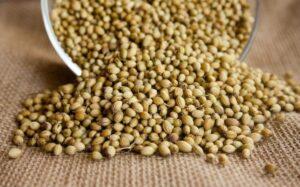
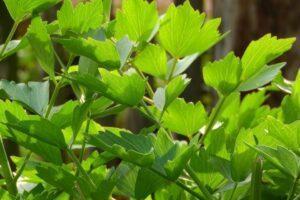
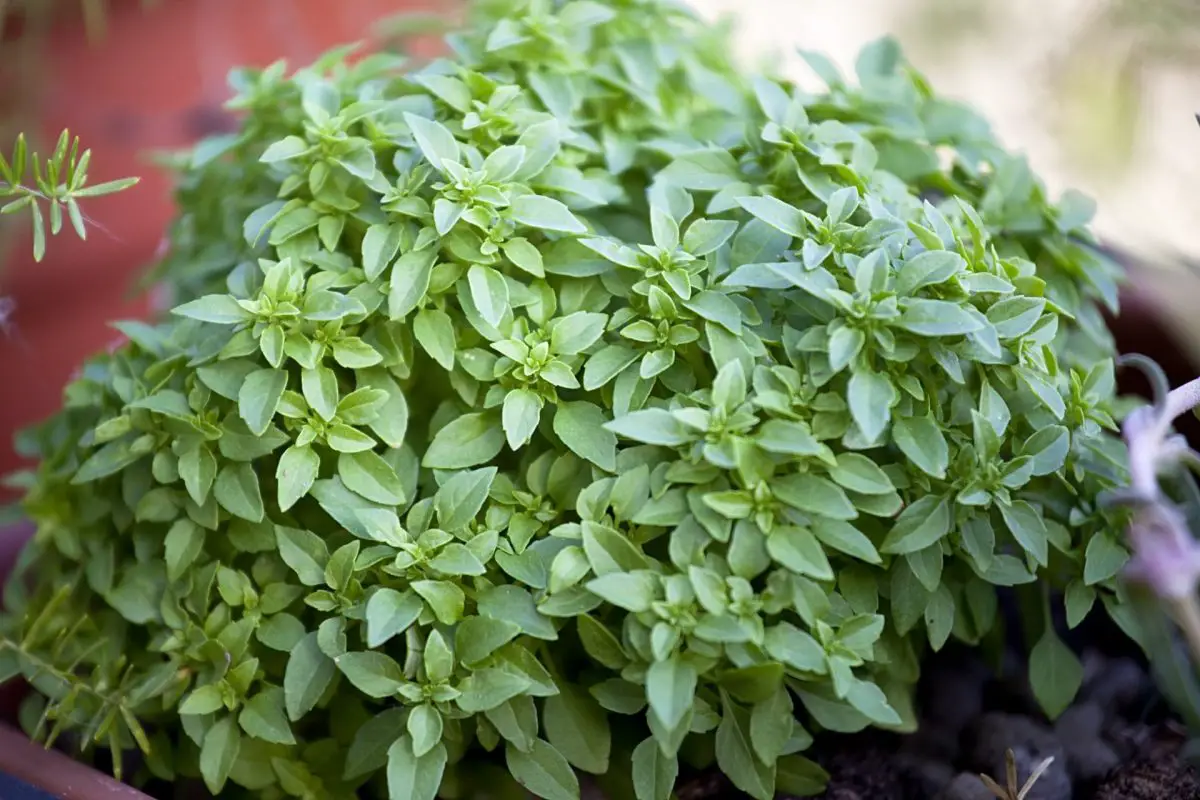
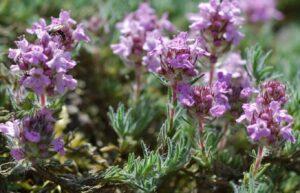
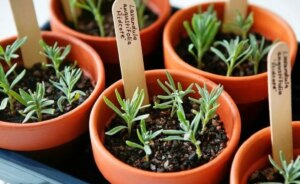
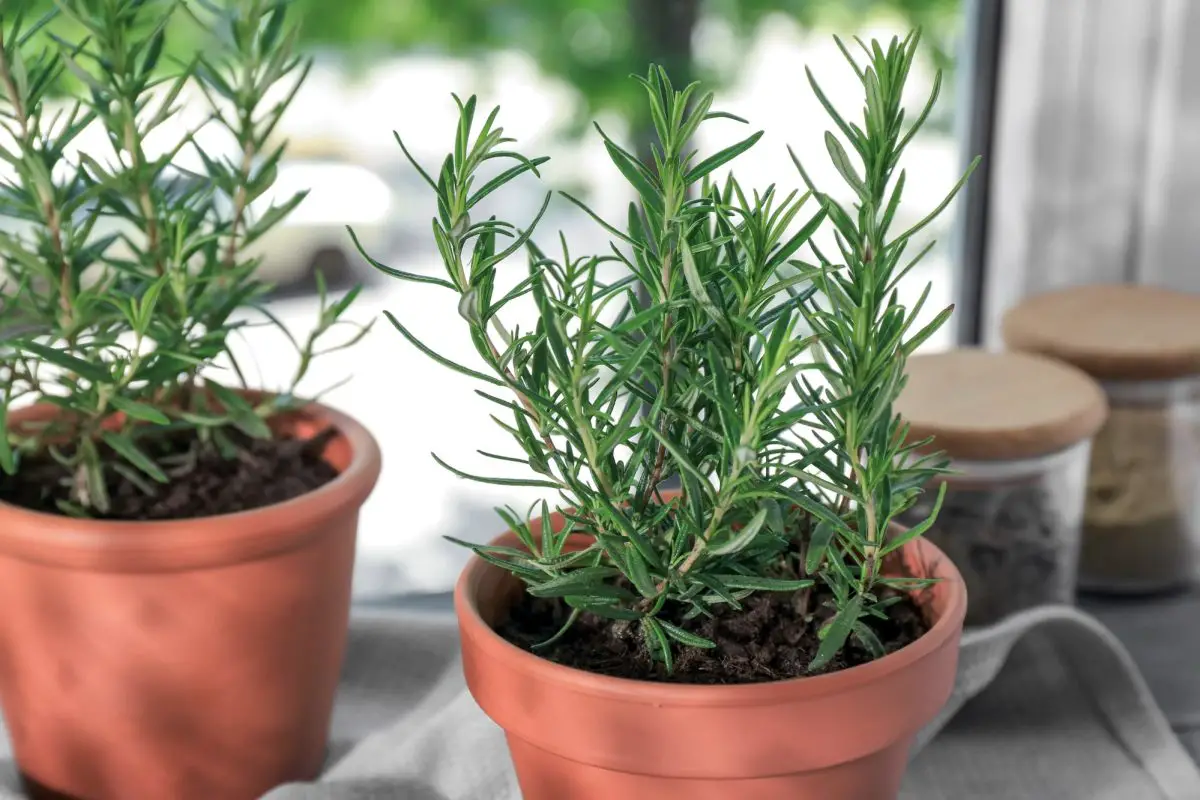
Start a new Thread